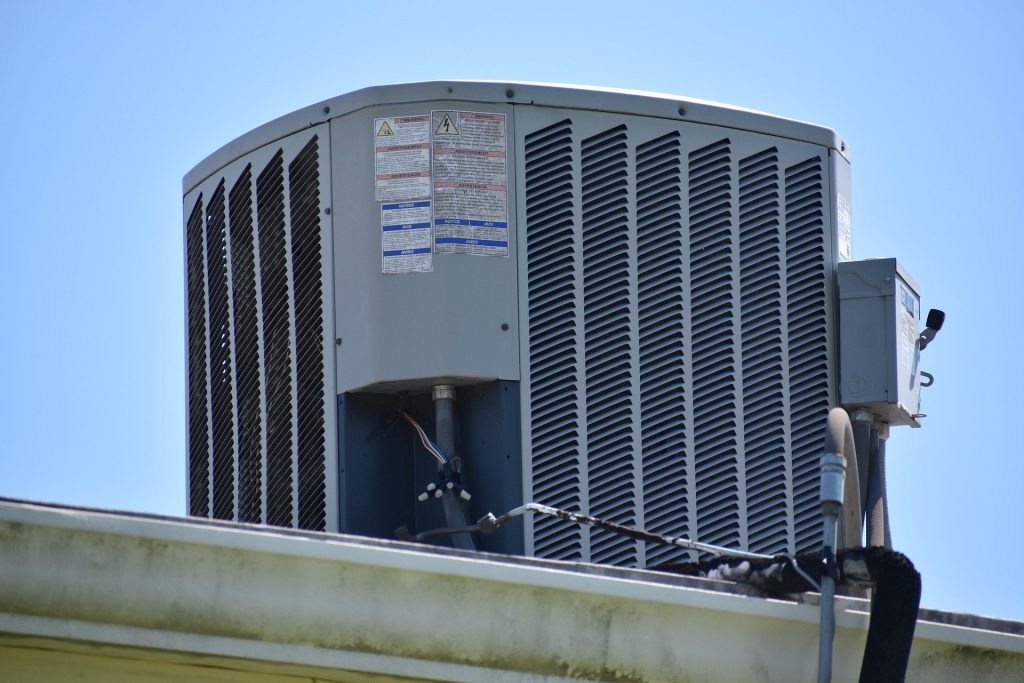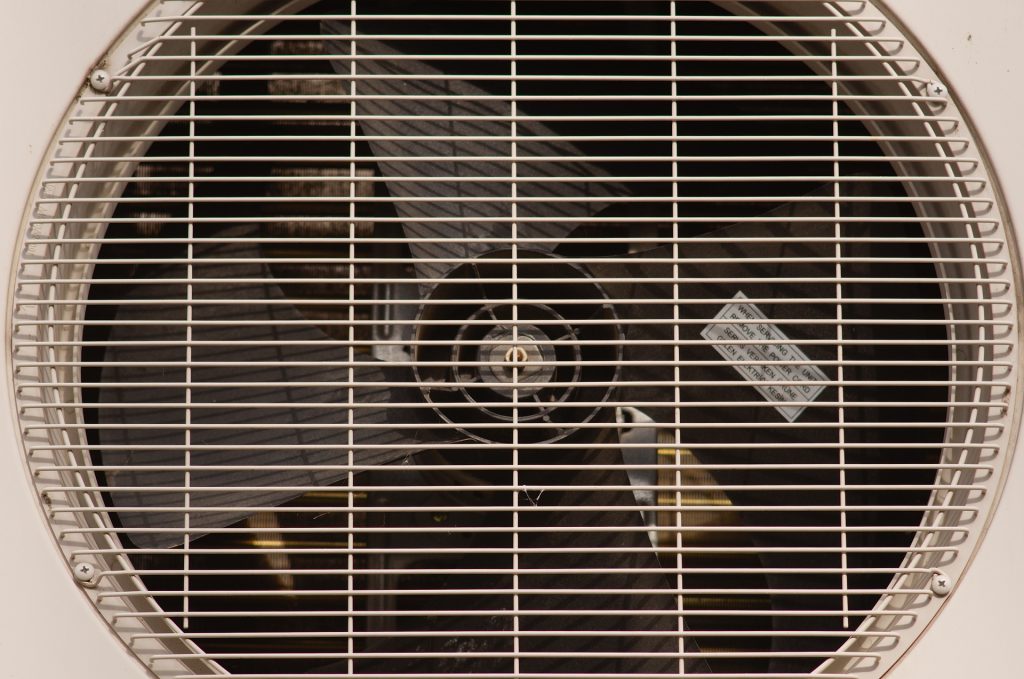One issue that is commonly faced by HVAC systems is high suction pressure. But what causes high suction pressure? You need to have a good understanding of your refrigeration cycle to see what is happening in each process. If you do not have an understanding then you will spend more time guessing what the problem is instead of solving the problem.
The refrigeration cycle should be examined. A basic understanding of your refrigeration system is learning about the two operating systems. The two systems are suction pressure and discharging pressure. There are both high and low settings for each pressure line.
For a high-pressure suction to occur you could have an insufficient compressor. Meaning your refrigeration has a leaking discharge valve. This indicates that your compressor cannot provide the needed refrigerant to the evaporator to handle the cooling load. Without a needed refrigerant, it produces a higher temperature and pressure at the outlet of the evaporator, which causes a high suction pressure.
Suction and Discharging Pressure Problems Explained

High suction pressure is a problem that can be quickly determined and fixed. One way to determine if the problem is fixable is by examining your compressor. If your compressor piping and amperage appear fine, then you need to perform another analysis.
You can perform an analysis by checking the outlet of the evaporator, which is leaving the refrigerant at a high temperature. Your remote bulb should react and move the electric expansion valve, or EXC, to the opening direction to allow more refrigerant to flow in the evaporator to handle the cooling load.
If your temperature and pressure outlet of the evaporator or suction pressure keeps going up it means you are having a problem with your EXV.
Some reasons you are having high suction pressure include:
- System load too high
- Expansion valve capacity too high
- Capacity regulator too large
- Hot gas bypass/capacity regulator defective
- Set too high
- One or more compressor disc valves leaking
What Causes Your Suction Pressure to Rise?
When your compressor has both a low head pressure and a high suction pressure your refrigeration equipment is still running, but the temperature is dangerously low. Your compressor is still cooling, but not cooling to its rated capacity.
Your medium temperature products will spoil quicker. The main reasons your compressor will have simultaneously low head pressure and high suction pressure is due to:
- Bad or leaky compressor valves
- Worn compressor piston rings
- Leaky oil separator return line
Your compressor valves may become inefficient due to poor sealing from dirt and debris deposits. You may have experienced the slugging of refrigerant oil, moisture, and heat build-up or flooding problems. There may have been compressor overheating because of undercharging your refrigerant or superheating your refrigerant. All are perfectly explainable reasons for having compressor problems.
Compressor overheating is a serious and most frequent problem for refrigerants. That’s why it’s important to adjust the pressure reducing valves to prevent overheating the compressors.
Symptoms of a Leaky Valve
You should carefully monitor and examine whether or not you have
- higher than normal discharge temperatures
- low condensing head pressures and temperatures
- normal to high condenser subcooling
- normal to high superheats
- low amp draw
If you notice higher than normal discharge temperatures, this indicates your discharge valve is not sealing properly and has been damaged. This directly causes low head pressure. This causes the heating of the discharge gases to be repeated over and over again. This causes higher than normal discharge temperatures.
You may also be experiencing low head pressure from your valve. This is because some of the discharge gases are being short cycled from the compressor cylinder. This creates a low refrigerant flow to the condenser. This produces a reduced heat load on the condenser that lowers the head pressures and temperatures.
If you are experiencing a higher subcooling, this is because there is a reduced refrigerant flow through the condenser. Meaning, your entire system is flowing at a reduced rate through the condenser. Most of your refrigerant is in your condenser and receiver.
You may also have high suction pressure. This process occurs because the upstroke suction along the compressor’s cylinder sneaks back into the suction line. After all, the suction valve is not seating properly. The results are higher suction pressure because the refrigerant vapor during the downstroke is properly functioning, but the upstroke is incorrectly functioning.
You may also have a higher suction pressure due to a leaky discharge valve. This allows the discharge gas to sneak up into the compressor’s cylinder during the downstroke. Your suction pressure increases because the suction valve is being open during the part of the downstroke of the compressor. This creates the cycle of high suction pressure, which damages your refrigerant.
What is a Worn Compressor Ring?
Worn compressor rings occur when the discharge gases leak through the compressor’s piston rings. This produces a lower head pressure during the compression stroke in the system. The suction pressure is elevated because the discharge gases have leaked through the rings. The result is higher than normal suction pressure.
The results of having worn compressor rings create lower head pressure with high suction pressure. The results of having worn rings within your compressor appear similar to having leaky valves.
Leaky Oil Separator Explained
Your oil separator controls your high and low sides of your refrigeration system. This allows the oil to travel from the oil separator to the compressor’s crankcase. Your oil separator is on the high side of the system, while the compressor crankcase is on the low side.
High pressure occurs when the needle valve gets partially stuck open and goes directly into the compressor’s crankcase. This causes both high low-side pressures and low high-side pressures.
You should closely monitor whether or not the oil return line is above or below the ambient surrounding temperature. If the line is hot then the discharge gas is most likely sneaking to the partially open needle valve in the oil separator.
Problems with Your Electric Expansion Valve
Electric expansion valves allow for help to maintain and allow efficient control of the chiller during low load or head pressure conditions. The EXV can control the flow of refrigerant that enters the direct expansion evaporator. They do this in response to signals sent to them by an electronic controller. A small motor is used to open and close the valve port.
If your suction pressure keeps rising within your refrigerator system you need to check on various parts of your refrigerator that include:
- The settings for superheat
- Replace your electric expansion valve
- Find correct size
When you are having trouble with your suction pressure you should check to see if the settings for superheating are correct. If this is still not correcting the problem you should check your EXV to see if it is working properly. It may need replacing. You will need to find the right size for the right refrigerant.
Condenser Problems Explained:
If your valve and compressor are all working correctly there are other possible reasons the suction pressure is high. One reason is your condenser may be dirty. There will be a higher temperature if the amount of heat cannot be easily determined when using the cooling medium. This creates a higher temperature than the design temperature at the inlet of the evaporator.
The higher temperature at the inlet will lead to high outlet temperature and pressure and high suction pressure occurs. Another possibility is having dryer problems. A dryer is a holding vessel that receives the liquid refrigerant from the outlet of the condenser.
The condenser’s primary function is to make sure only liquid refrigerant reaches the expansion valve. It also contains a substance that absorbs moisture to help dry out your refrigerator. If the dryer is clogged and full of moisture, then less liquid passes through it.
This creates less liquid to reach your evaporator, creating a higher temperature, and pressure at the outlet will be high. This entire process creates a high suction pressure. You should carefully examine what type of cool type your condenser is. The types include
- Air Cooled
- Water Cooled
If the condenser is air-cooled type, then the fan should be sufficient enough to remove the heat from the refrigerant. The temperature should then revert to its basic setting. If your condenser is water-cooled then the cooling water temperature and flow rate should be able to remove the heat from the refrigerator. Your condenser is then in a subcooled state at the main set temperature.
Other Reasons for High Suction Pressure
After carefully examining and considering all of the previously mentioned possibilities for high suction pressure there are still other reasons for having high suction pressure. In all of the previously discussed reasons, you probably assumed a high superheat, higher temperatures lead to higher pressure at the suction line.
Another factor to consider is the overcharging of the refrigerant. Overcharging leads to overfeeding the evaporator with refrigerant, which leads to higher suction pressure.
Another possibility is having oversized EXV causes an overfeed to the evaporate, which increases your suction pressure. Not all of the reasons for high suction pressure is because of high superheat and higher temperatures.
[related_posts_by_tax posts_per_page="3" format="thumbnails" image_size="medium"]










